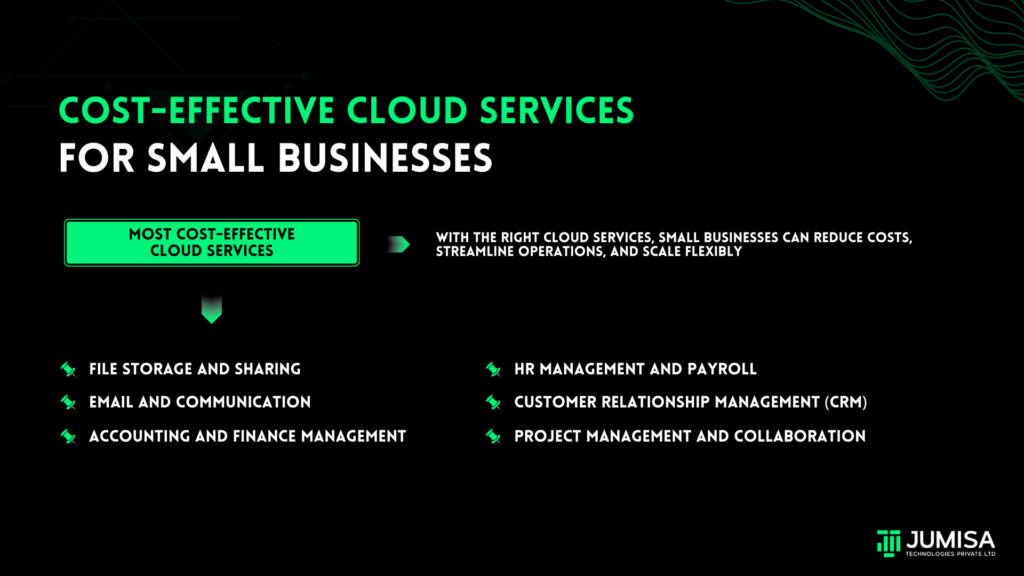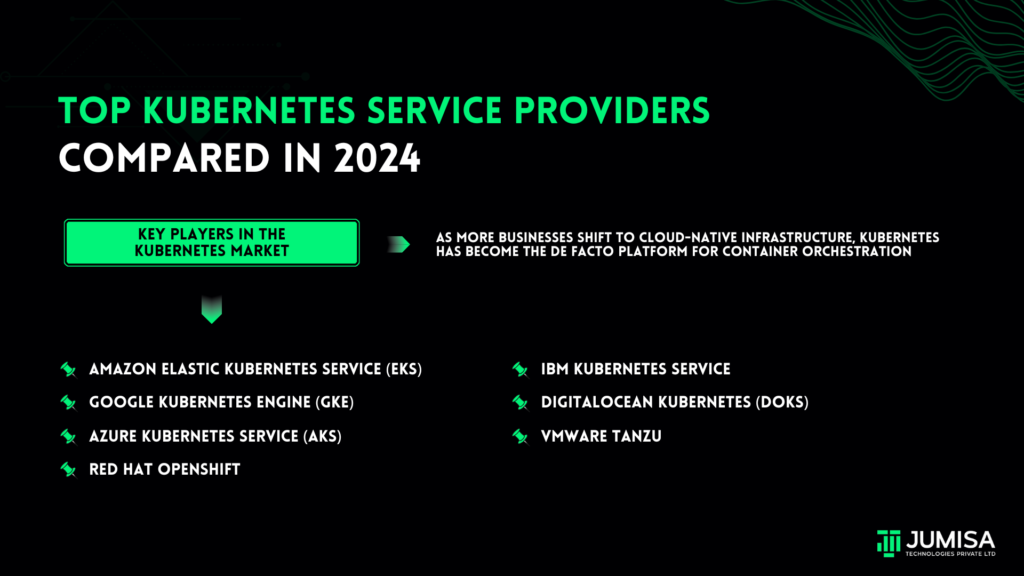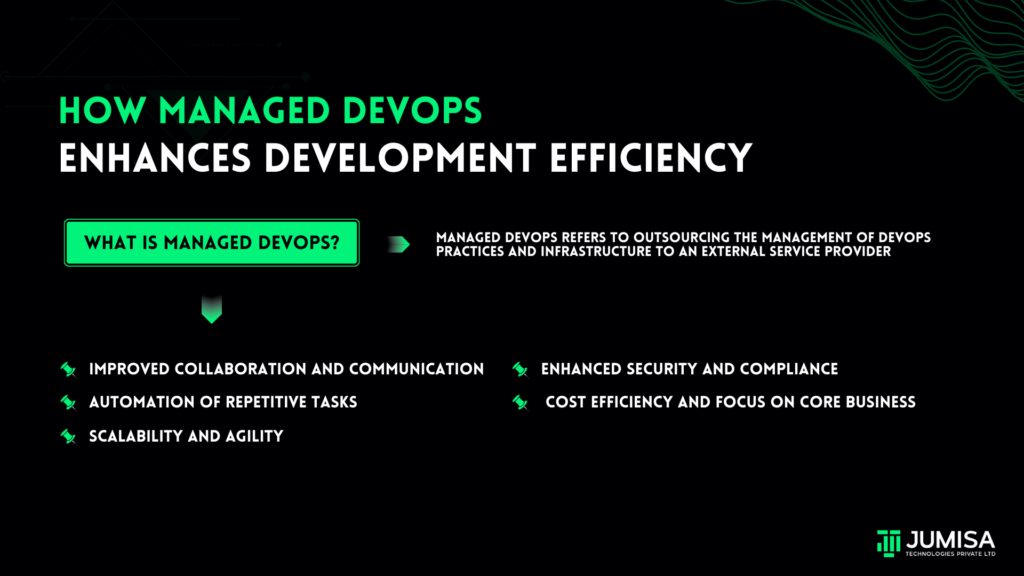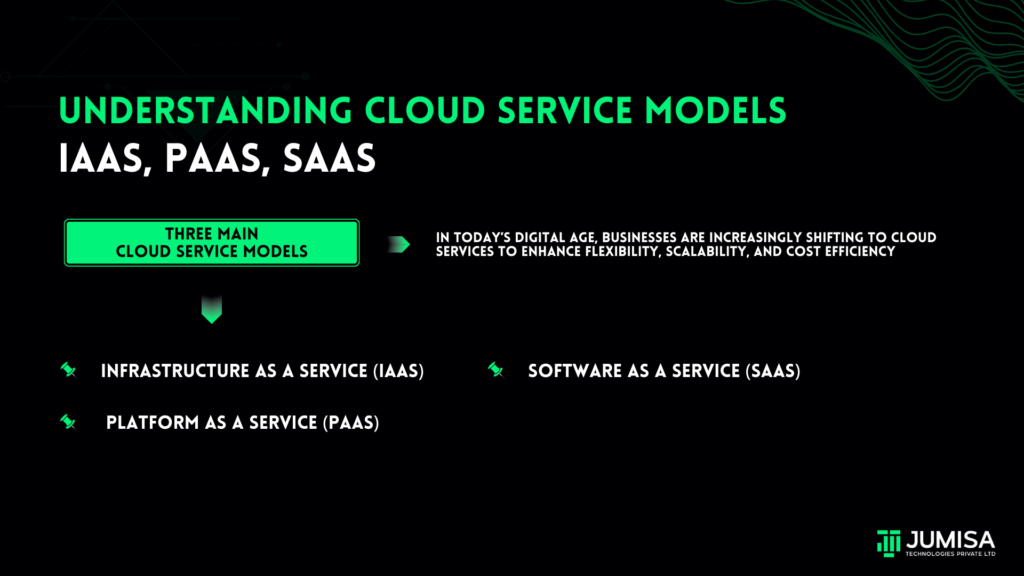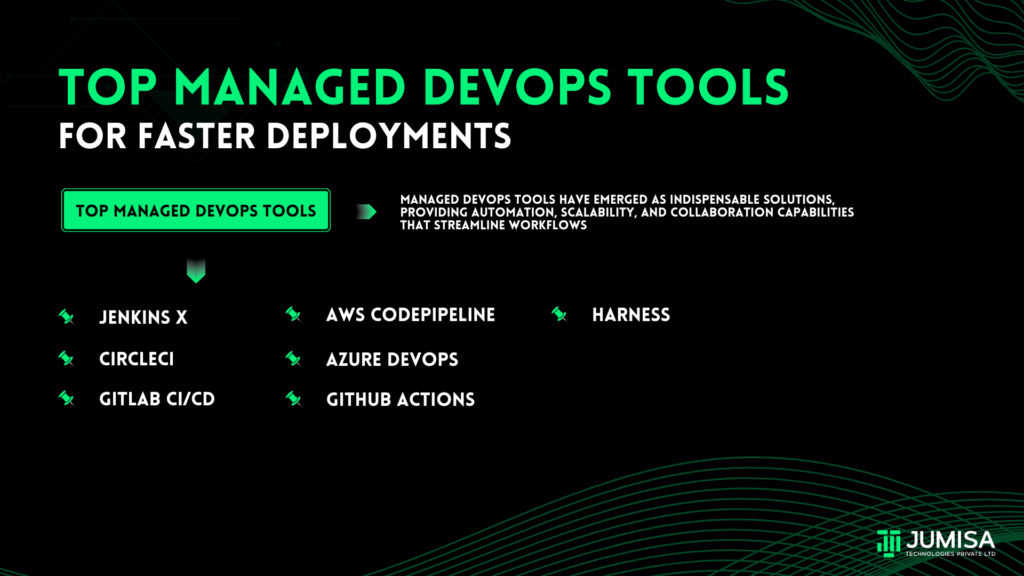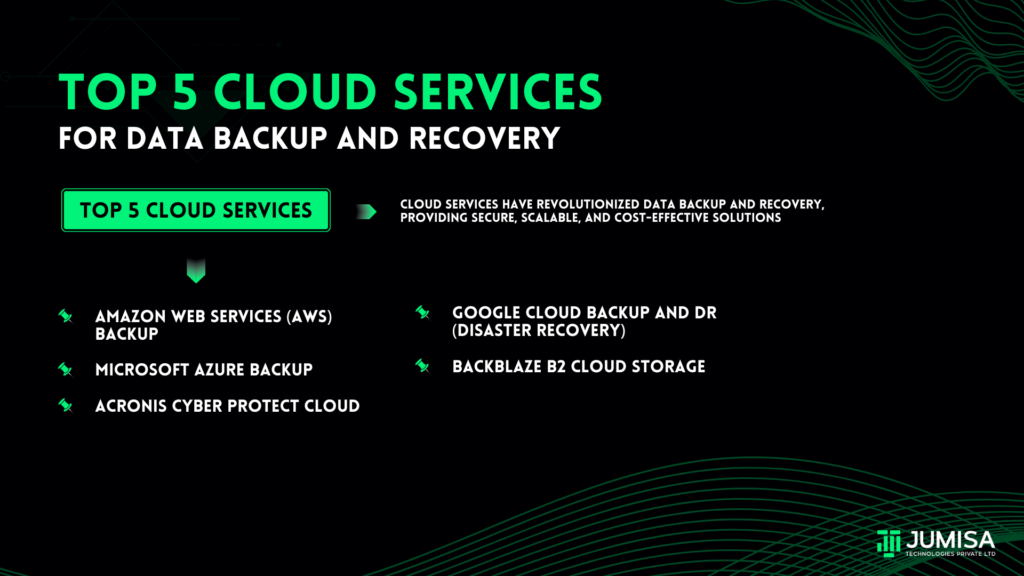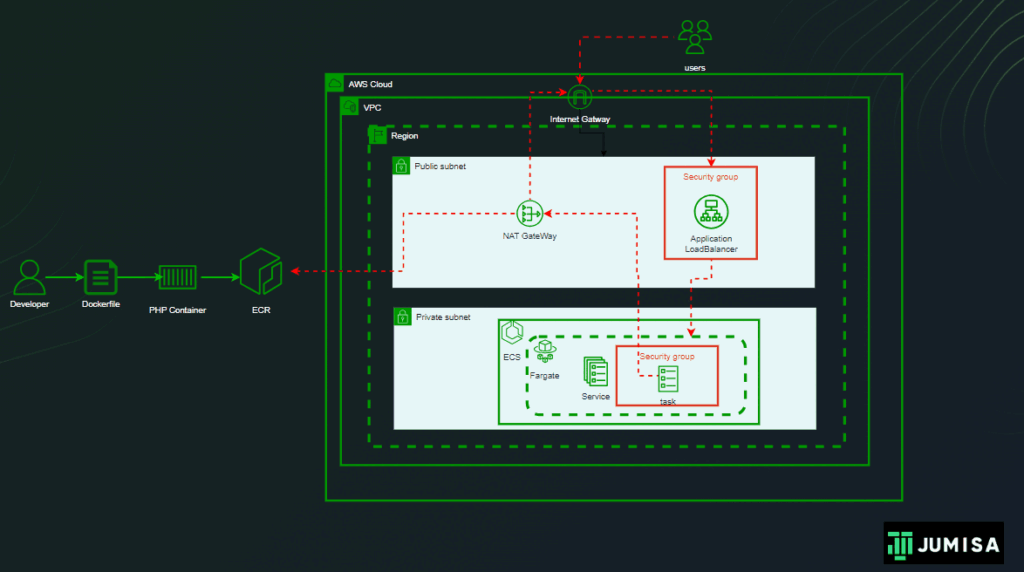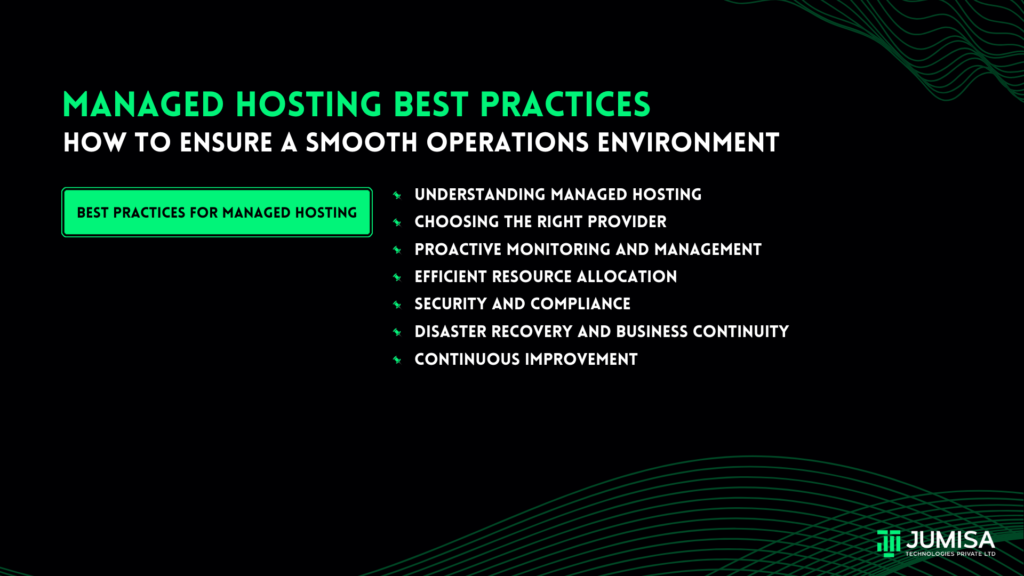
In today’s online world, managed hosting has become integral to ensuring the smooth operation of businesses.
From websites to applications, organisations rely on hosting services to deliver their content reliably to users.
However, achieving a seamless operations environment requires more than just selecting a hosting provider.
In this blog, we’ll delve into the best practices for managed hosting, empowering organisations to optimize their hosting environments for efficiency, reliability, and scalability.
Understanding Managed Hosting
Managed hosting involves outsourcing the management and maintenance of hosting infrastructure to a specialized provider. It’s vital in modern business operations for several reasons:
- Expertise and Support: Providers offer skilled teams to optimize performance and troubleshoot issues.
- Reliability: They ensure uptime through redundant systems and failover mechanisms.
- Scalability: Services easily adapt to changing demands without performance issues.
- Security: Robust measures protect against cyber threats and data breaches.
- Cost Efficiency: While initial costs may be higher, long-term savings result from avoiding infrastructure maintenance expenses.
Choosing the Right Hosting Provider:
- Factors to consider when selecting a managed hosting provider, including reliability, scalability, security, and support services.
- Tips for evaluating provider offerings and determining the best fit for your organisation’s needs.
Proactive Monitoring and Management:
- Proactive monitoring in managed hosting prevents issues from impacting operations by detecting and addressing them early.
- It ensures high reliability, optimized performance, and enhanced security of hosted environments.
- Robust monitoring tools and practices help maintain uptime and identify performance bottlenecks.
- Early detection allows for timely intervention, predictive maintenance, and efficient resource utilization.
- Ultimately, proactive monitoring delivers a seamless hosting experience for clients, minimizing disruptions and ensuring optimal performance.
Efficient Resource Allocation
Efficient resource allocation in managed hosting is essential for optimizing performance and minimizing costs.
Here’s how:
- Predictive Analysis: Anticipate resource needs based on historical usage patterns.
- Automated Scaling: Use cloud-based solutions for dynamic resource provisioning.
- Load Balancing: Distribute traffic evenly across servers to prevent bottlenecks.
- Resource Pooling: Share resources across multiple clients for better utilization.
- Rightsizing: Adjust resource allocations based on actual demand to avoid waste.
- Elasticity: Scale resources up or down rapidly to meet changing demand without over-provisioning.
Security and Compliance
Security and compliance are top priorities in managed hosting, ensuring data protection and regulatory adherence.
Here’s how:
- Robust Security Measures: Implement firewalls, intrusion detection, and antivirus software for comprehensive protection.
- Encryption: Secure data with strong encryption algorithms, both at rest and in transit.
- Access Controls: Enforce strict access policies with role-based controls and multi-factor authentication.
- Regular Audits: Conduct security assessments to identify and address vulnerabilities promptly.
- Compliance Frameworks: Adhere to industry regulations like GDPR, HIPAA, and PCI DSS for legal compliance.
- Incident Response: Develop an incident response plan for swift detection and mitigation of security breaches.
- Continuous Monitoring: Proactively monitor the hosting environment for real-time threat detection and prevention.
Disaster Recovery and Business Continuity:
- Disaster Recovery Plan (DRP): Develop a comprehensive plan outlining procedures for restoring operations post-disaster, including risk identification and recovery strategies.
- Redundancy and Failover: Implement redundancy and failover mechanisms to ensure continuous availability, replicating critical infrastructure components across geographically dispersed locations.
- Testing and Validation: Regularly test the DRP and failover mechanisms through simulated disaster scenarios to identify weaknesses and improve response capabilities.
- Data Backup and Recovery: Establish robust data backup and recovery processes to restore critical data quickly and accurately in the event of data loss or corruption.
- Coordination and Communication: Facilitate effective coordination and communication among key stakeholders to ensure timely decision-making and response coordination during recovery efforts.
- Continuous Improvement: Regularly review and refine disaster recovery strategies based on past incidents and emerging technologies to enhance resilience and preparedness.
Continuous Improvement
Continuous improvement is vital in managed hosting to ensure ongoing optimization and adaptability.
Here’s how it works:
- Adaptability: Continuous improvement allows providers to adapt to changing needs and technological advancements effectively.
- Performance Optimization: By monitoring metrics and implementing optimizations, providers enhance performance and efficiency.
- Customer Satisfaction: Feedback loops help address concerns, enhancing satisfaction and fostering long-term partnerships.
- Risk Mitigation: Proactive identification and resolution of vulnerabilities enhance resilience and minimize disruptions.
- Innovation: Continuous improvement fosters innovation, differentiation, and competitiveness in the market.
Conclusion
By implementing these practices for managed hosting, organisations can create a seamless operations environment that ensures reliability, scalability, and security. With the right approach, businesses can maximize the benefits of managed hosting services and drive success in today’s digital world.

